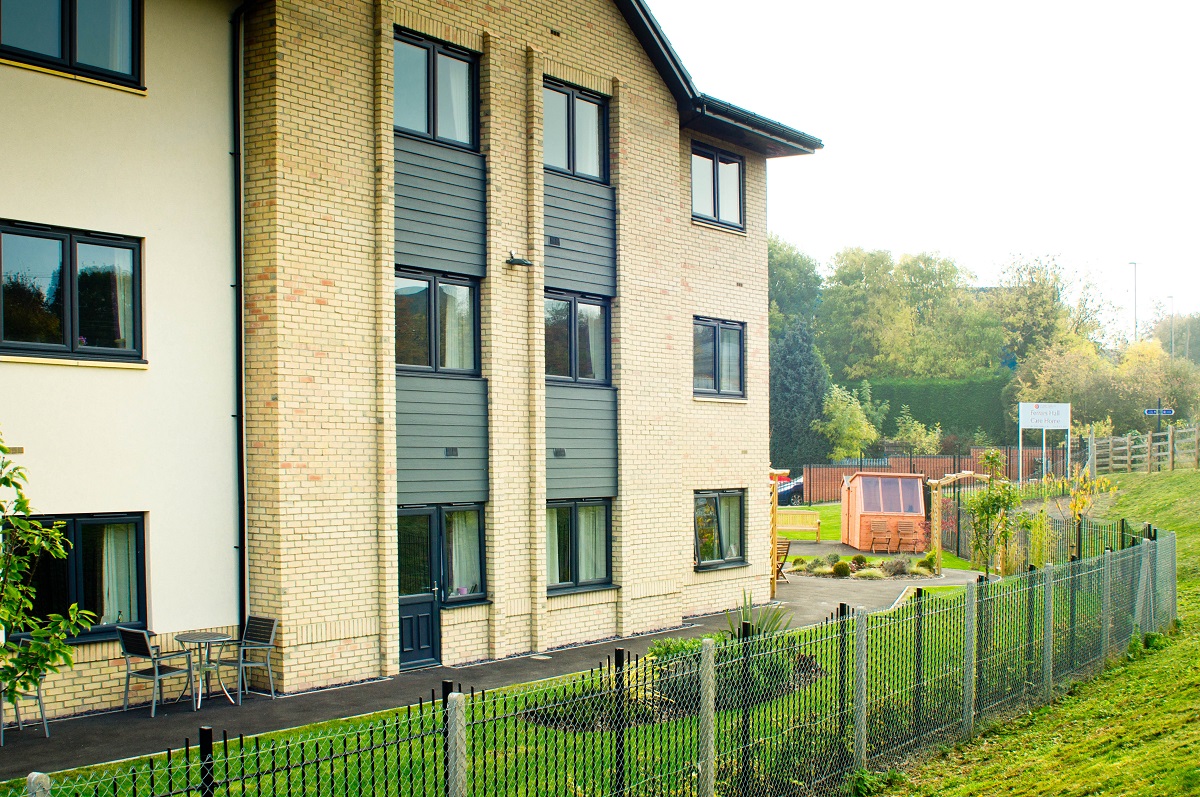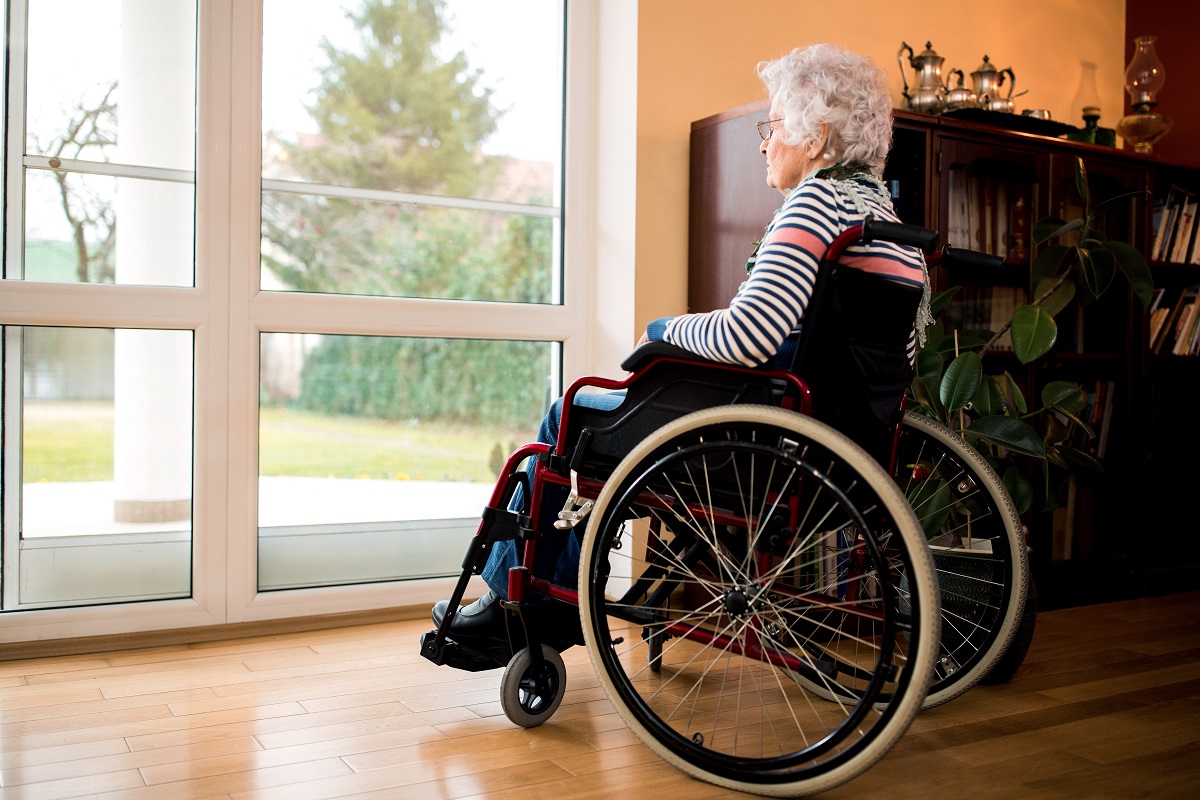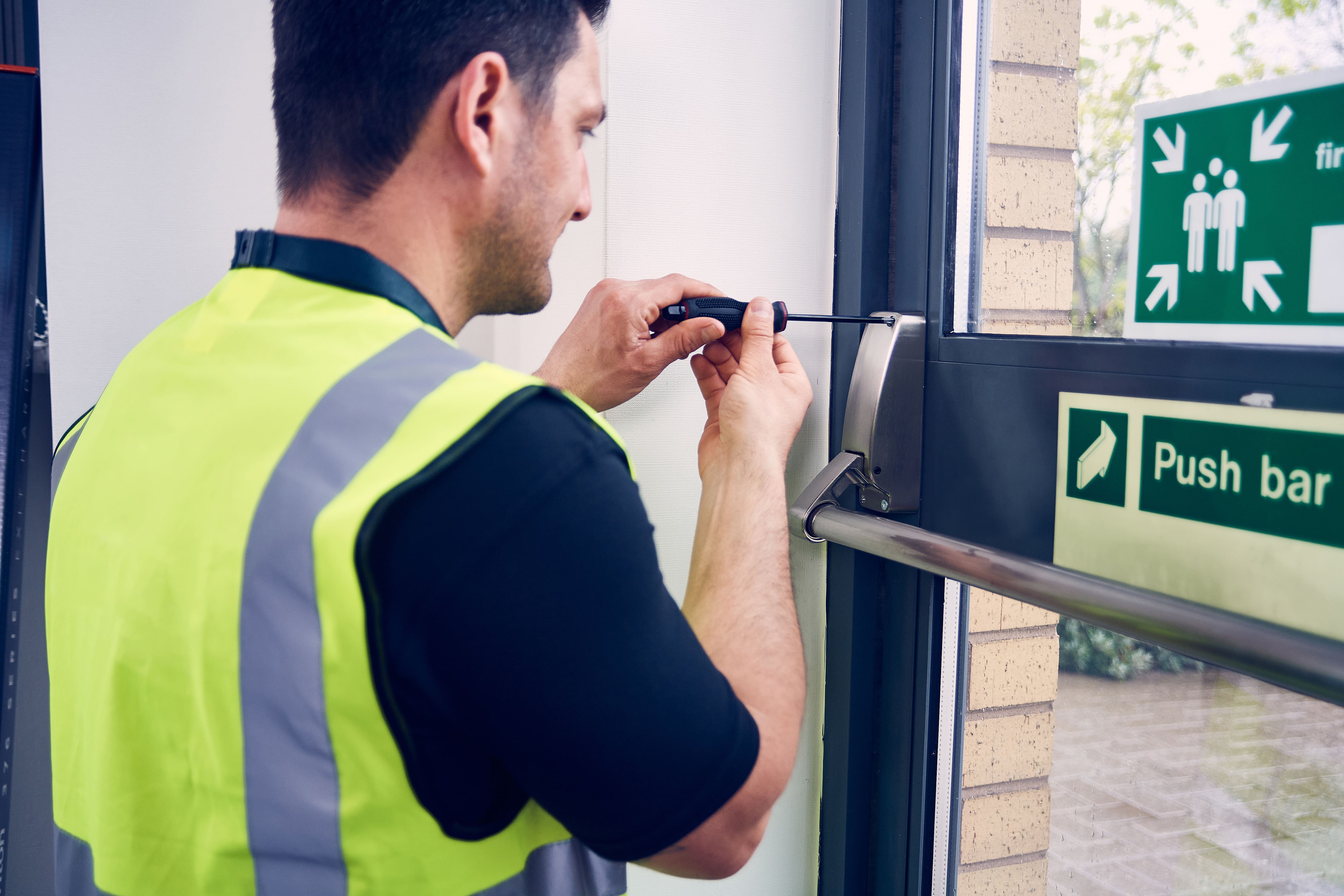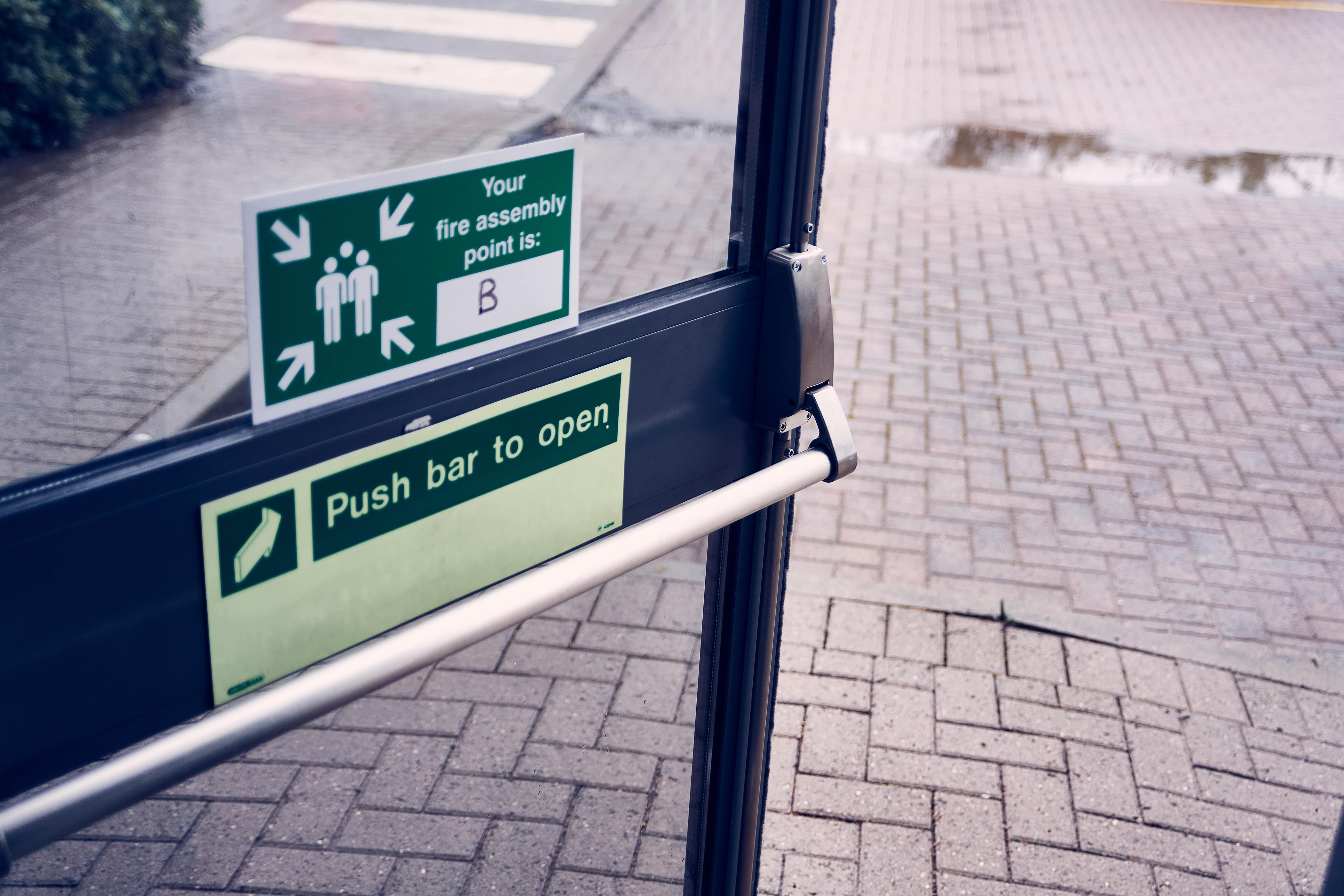
Karen Trigg of Allegion UK discusses the complex settings of care home environments and how the hidden roles of door hardware can contribute to the safety and security of vulnerable residents
Despite their quaint façades, modern care home environments are under consistent pressure to secure the safety and care of vulnerable residents and staff.
Between funding constraints, staff retention, and the reverberations of COVID-19, the UK’s 17,000 care homes and their 400,000 residents face several challenges to provide safe and comfortable settings for occupants.
Where the safety and care of residents is concerned, external regulation from the Care Quality Commission (CQC) is designed to preserve fundamental standards of quality and safety.
As an independent regulator, the CQC regularly monitors and inspects all health and social care organisations, awarding tiered service ratings for institutes post inspection.

However, upon inspection several care homes across the country have recently been found at fault and marked by the CQC as ‘requiring improvement‘ or, in some cases, ‘inadequate’, risking closure in the process.
Health and safety as a priority
Above all, the safety and quality of life for residents must remain the priority for decision makers and, with that, there must be a drive to improve the standards of care homes over the testing winter months and beyond.
Between funding constraints, staff retention, and the reverberations of COVID-19, the UK’s 17,000 care homes and their 400,000 residents face several challenges to provide safe and comfortable settings for occupants
Outside of key government funding and recruitment initiatives, facilities managers can look towards their internal environments, refining their building’s safety and security measures in a bid to raise quality of life and care.
And, for this, door hardware can play a supporting role.
Hardware’s hidden roles
Widely considered as a building’s most-used piece of furniture, door hardware plays an important role in the access and egress of a building and its many rooms – and it’s often used hundreds to thousands of times each day, all without a second thought by most people.
For care home environments, and especially those that house vulnerable residents, the role of door hardware runs deeper and can provide a plethora of benefits to a building’s safety and operation if specified, installed, and maintained correctly.
Improved hardware functionality, for example, can vastly improve ease of movement for elderly or less-abled residents, as well as further safeguard their quality of life and safety in the process.
When applied correctly, door hardware is designed to facilitate the free movement and operation of a door, keeping it suitable for user application in any scenario.
And, in key areas such as care home bedrooms, toilets, and dedicated fire escapes, this removes the issue of heavy or non-functional doors to residents.
Assessing risk
Keeping with this, care home facility managers – or more specifically the building’s designated responsible persons – must regularly review the operation of fire doors and their hardware located in and around the building as part of a risk assessment.
If a door doesn’t operate as intended, immediate maintenance and adjustment is required to ensure the security and fire safety of a building isn’t compromised.
Each of the UK’s 17,000 care homes are legally bound under British and European legislation to possess operational fire doorsets as part of their building’s passive fire protection system.
Widely considered as a building’s most-used piece of furniture, door hardware plays an important role in the access and egress of a building and its many rooms
Crucially, fire door hardware is specifically designed to help contain the flames and smoke in the event of a fire.
Where vulnerable patients and residents are at a heightened risk, doors should be fitted with panic exit devices that are designed to provide effective escape through the doorway with single operation and without prior knowledge of its operation.
Over the winter months, many of the challenges that care homes face are heightened.



Infections, cold weather, and increased footfall further intensify the need to review the safety and security of facilities and, in doing so, decisionmakers can lean on the support of door hardware.
As families celebrate the holidays, care homes can experience increased visitor footfall and, with that, they must contend with an amplified exposure to pathogens.
To combat this, the installation of electromagnetic door controls can alleviate the pressure on key entry points by holding doors open and removing the need to touch door furniture upon entry, further minimising the risk of contamination - alongside the use of regular infection control methods such as handwashing and disinfection. Being linked to the buildings fire alarm system, in the event of a fire an electromagnetic door closer will automatically close the door to help contain the fire.
Feeling the squeeze
Under the Health and Safety Act 1974, building managers have a general duty to maintain their property and provide a safe working environment. And, for care homes, this is no different.


With many across the country legitimately marked for improvement by the CQC, the need to enhance service standards and, in some cases, the condition of facilities, is evident.
Over time, ageing door hardware can become outdated or damaged in care facilities, potentially risking the integrity of the building’s fire safety and operation.
While various organisations await vital government support, decisionmakers must find astute resolutions when it comes to hardware maintenance so to not risk compliance and further financial setbacks
Whereas the impetus to raise standards is there, the cost of maintenance projects can sometimes feel offputting and present a stumbling block for many.
Again, the colder months, and today’s unstable financial climate, present additional and uncontrollable costs to care homes, and while various organisations await vital government support, decisionmakers must find astute resolutions when it comes to hardware maintenance so to not risk compliance and further financial setbacks.
Retrofit projects
Outside of straight-forward maintenance procedures, care homes must look to add better-functioning components to their older systems when required.
This process is termed retrofitting and, in the context of door hardware, is the replacement of ironmongery designed to make a building more efficient.
Retrofit projects combine key maintenance projects with cost-saving and, when approached professionally, can make a considerable difference to a care home’s operation, but only when completed with high-quality, like-for-like alternatives.
Although low-cost substitutes may seem appealing to under-pressure facility managers at first glance, it’s easy to get stung by low-quality, unsuitable hardware that doesn’t last as long and may need replacing again shortly after installation when it performs worse than the original.
With this in mind, there is a call for better-tailored solutions to be installed throughout modern care home environments.
For this, increased subject knowledge is key and, upon identifying problems with doors and their hardware, decisionmakers are urged to seek professional advice and guidance where necessary.
In doing so, care home facilities can further ensure their hardware meets the needs of their occupants and the standards set by the CQC, all while retaining the high levels of safety and care that is expected from the sector.